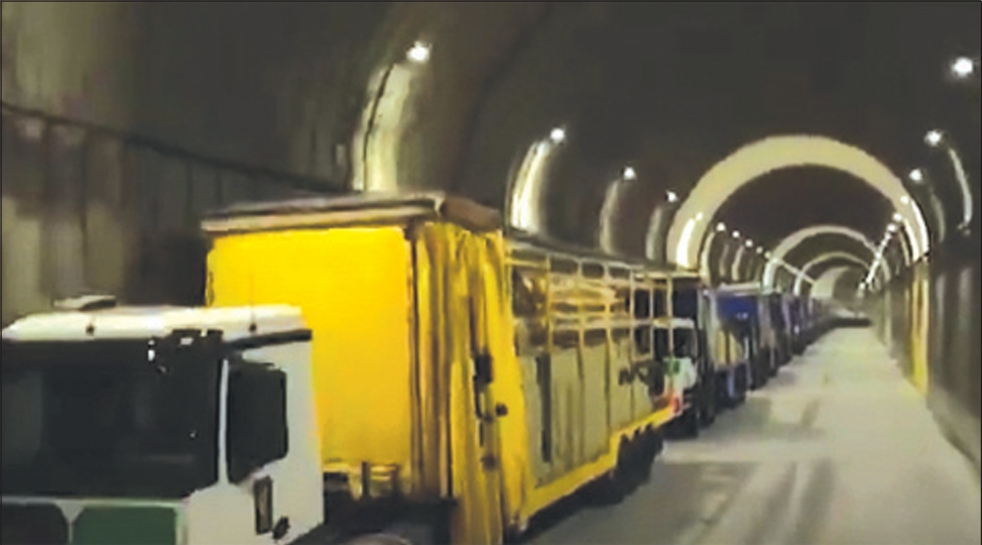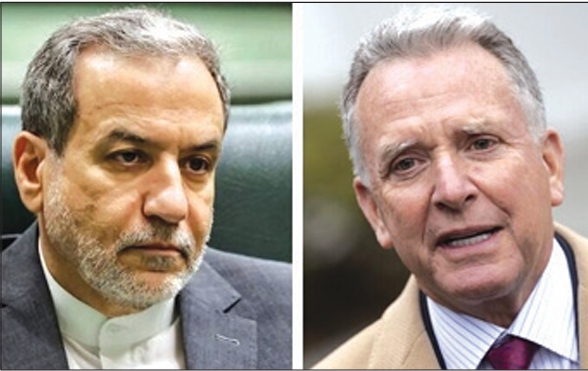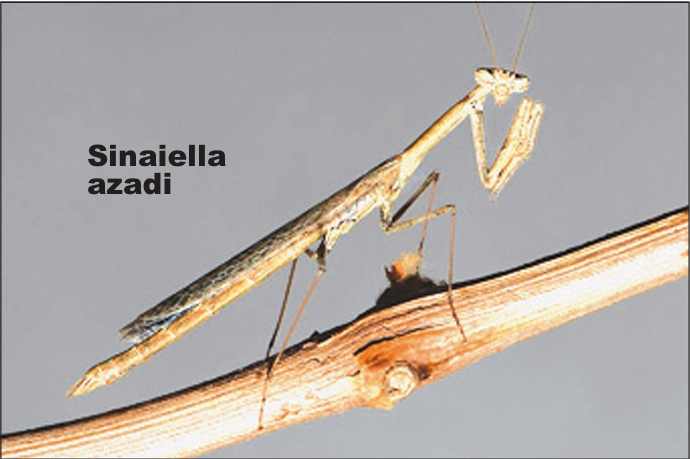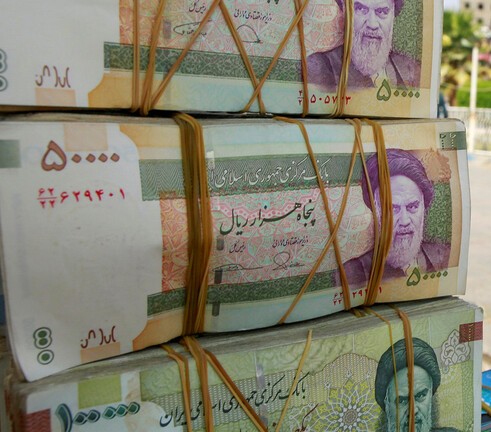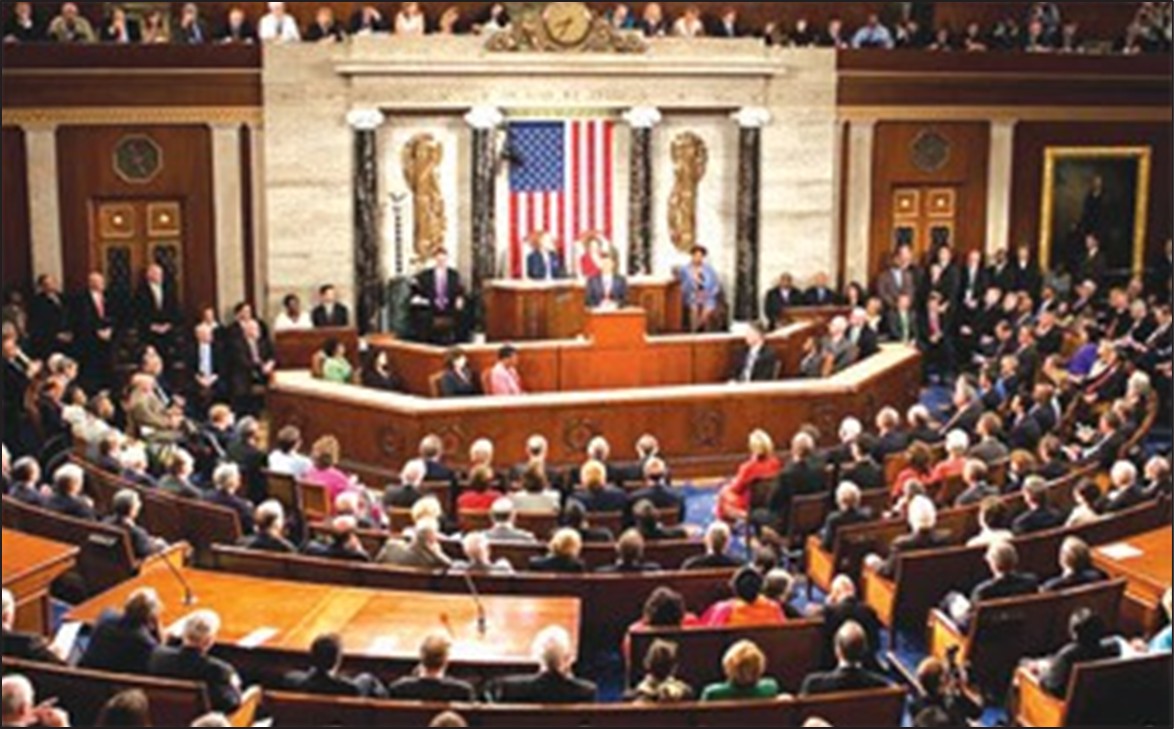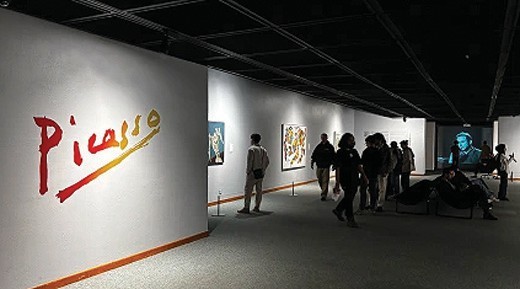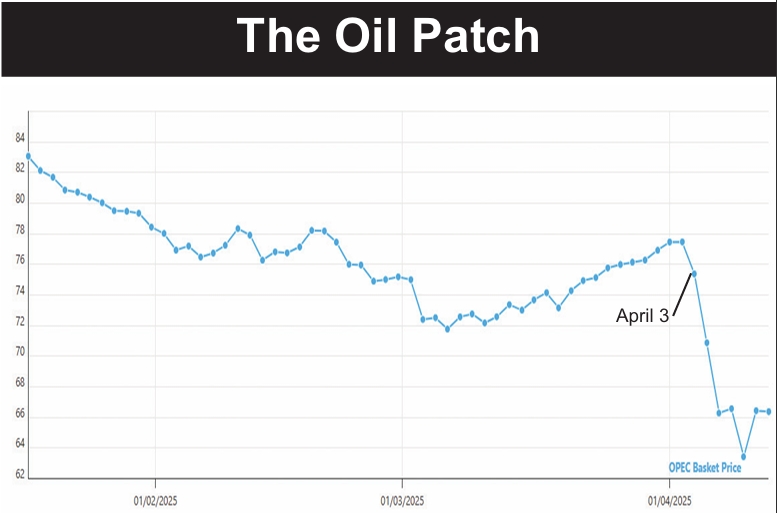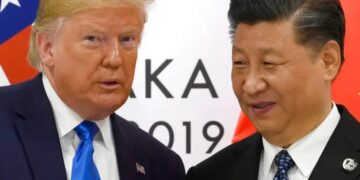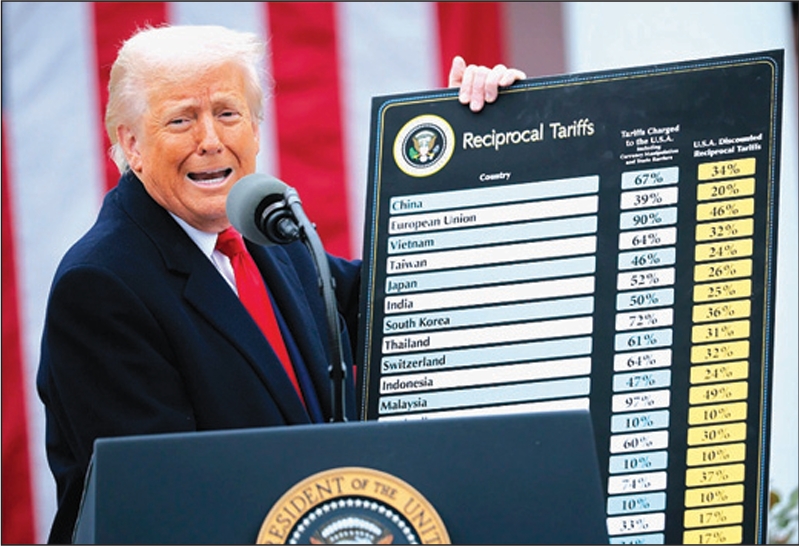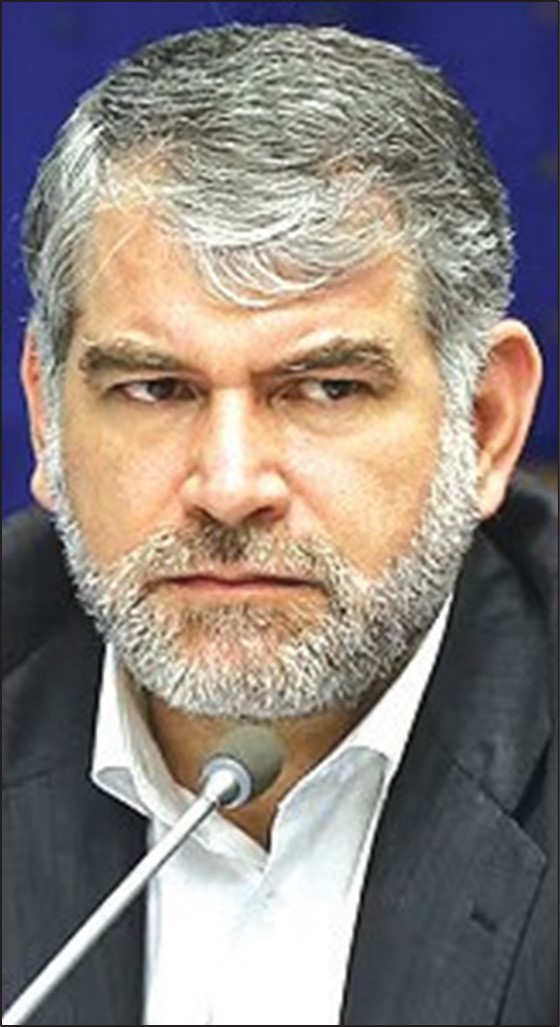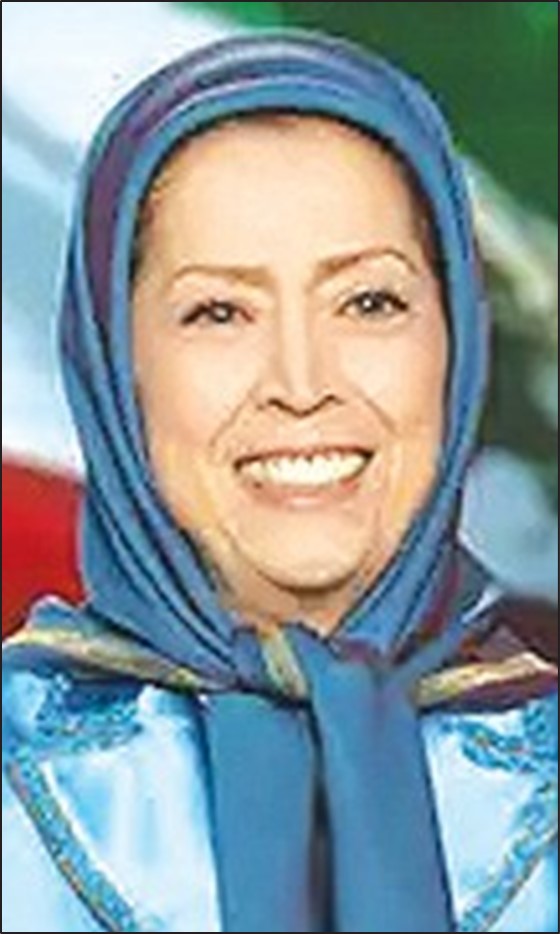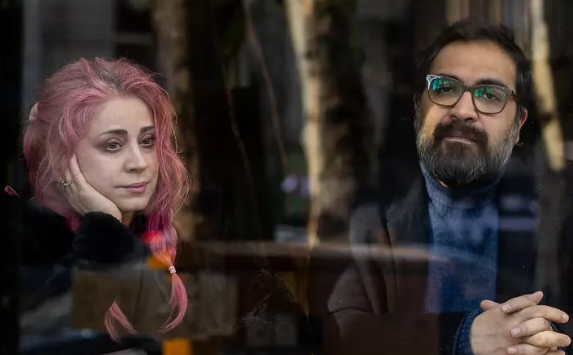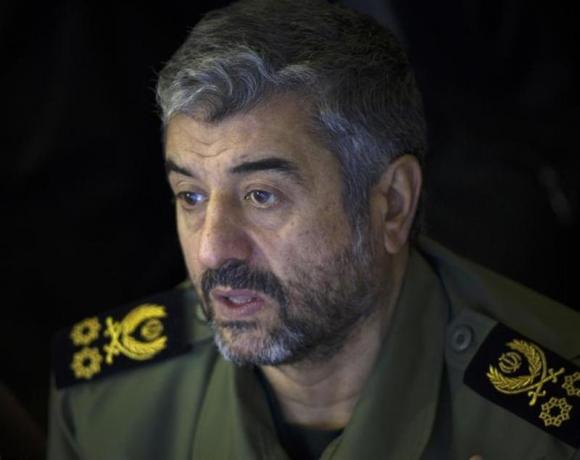December 20-2013
The Politics of Women’s Rights in Iran, Arzoo Osanloo, Princeton: Princeton University Press, 2009, ISBN 9780691135465, Xix+258 pp.
———
The Politics of Women’s
Rights in Iran, by Arzoo
Osanloo, is an in-depth study of how “rights operate” in Iran. Taking women’s rights within the context of the Islamic Republic of Iran as a case study, this book skillfully and systematically illustrates how “rights talk”—that is how women think and put their rights into practice —has been unfolding since the Iranian revolution.
Through ethnographic research, Osanloo explores the productive relationship between the hybrid Iranian state and conceptualizations of women’s rights, while taking into account political and historical developments. Osanloo is particularly successful in taking her audience beyond the simplistic image of Muslim women as mere subjects of patriarchal state laws, and rather presents them as autonomous “rights-bearing subjects” who have emerged as a result of the post-revolutionary state and its shifting discourses on rights.
This book is a great resource for researchers and students of contemporary human rights discourses and developments, women’s rights in Islam, and Iranian studies. Its multifaceted approach to presenting Iranian women’s rights and status in the past three decades is a unique and timely addition to the existing collection on this significant topic, and will appeal to scholars who wish to move beyond simplistic binary analyses of “East vs. West” or “Islam vs. modernity” rights discourses.
A central contribution of this book is its clear demonstration of the extent of Iranian women’s agency by tracing the various ways that they have found new opportunities to improve their status since the Islamic revolution. Through rich vignettes and interviews, the author presents women’s accounts of arriving at, or fighting or negotiating for their rights within the Islamic legal system and state institutions. She makes also clear, however, that women’s success in mobilizing rights talk has been a result of the “hybrid legal space of Islamico-civil law;” here, the former civil codes are incorporated with newer ideas of human rights in ways that benefit women. “In the hybrid Iranian framework … we are seeing an instance of liberalism and liberal values, but in a very novel context, an Islamic republic.” Significantly, “this theocratic republic, with an unusual mixture of liberal republic and Islamic principles, offers a unique setting” in which women can arrive at their rights by basing their claims both in Islam and liberal notions of individual rights. Hence, women successfully engage with the Islamic state through rights talk. This happened although during the revolution, Islamic values asserted appeared to be male-dominated and offer women few avenues of recourse. Iranian women thus did not simply engage the public in rights discourses; they also played a key role in the creation of a hybrid state through their active involvement in the public sphere and their continuous pressures on the religious and state authorities.
Yet another important strength of this book is its emphasis on women’s diverse voices and their heterogeneous understanding of their rights, by taking into account Iranian women’s class and ideological differences and their given positions in the Iranian society. Osanloo illustrates that different groups of women, ranging from pious to secular, depending on the context they find themselves in, utilize the discourse of rights that most appeals to them. “Such discourses include liberal notions of individual rights, Islamic ideals, and pre-Islamic Iranian ideals.” Related to this point, Osanloo also examines the fluidity of rights discourses by arguing that “shifting meaning of rights” can occur “when the local comes into contact with the international human rights movements.” In the aftermath of the Islamic revolution, liberal notions of individual rights or “Euro-American rights talk” was rejected by revolutionaries as incompatible with Islamic values. But today, under pressure from its citizens and the international community, Iran’s leaders desire to engage in a dialogue with wider global discourses of rights in an effort to appear modern and “‘civilized’ before the world community.”
In eight chapters, Osanloo masterfully guides her readers through the complex rights discourses of post-revolutionary Iran. Her pioneering theoretical approach to address this topic consists of researching dialogical sites, or sites of rights production, in particular Qur‘anic meetings, family courts, law offices, and various human rights bodies. Osanloo’s explanation for choosing this methodology is based on her argument that “discourses and practices of rights are not limited to certain sites and people but are more widespread.” Exploration of dialogical sites is a comprehensive approach as it takes into account the “heterogeneity of groups that are developing interpretations of rights” while also illustrating the extent of flexibility and dynamism of rights discourses as they shift depending on political and social contexts and developments.
The first chapter of the book presents a historical overview of women’s rights in Iran and the shifts that such discourses have undergone, with particular emphasis on the development of the legal system which consists of aspects of both Islamic and civil law. Chapter two further outlines the process of rights discourse development that occurred during the reformist era beginning in the late 1990s. In this chapter, Osanloo presents the complex negotiations that were taking place between Iranian social actors and “heterogeneous and disordered state actors” to provide “some sense of the landscape through which women’s rights activists must navigate.”
After presenting a genealogy of women’s rights in Iran in the book’s early chapters, Osanloo devotes one chapter to each of the four dialogical sites mentioned in her methodology. Chapter three explores women’s Qur‘anic meetings as the first site of rights production, in which “nonexpert women interrogate and shape their rights through dialogue,” at times with reference to religious exegesis and other times based merely on their life experiences. This chapter presents a clear image of individual women’s agency: at times “they assert the validity of their own interpretations of the Qur‘an over those of the religious community (‘ulama), to which state actors defer.” In chapter four Osanloo moves away from the informal setting of Qur‘anic meetings to the official state site of Tehran’s family court. This, she argues, is a key space of informing women of their rights rather than “a place where agents of the state pronounce dogmatic doctrine.”
Similarly, in chapter five she examines the role of lawyers in law offices and women’s rights activists in carving out a space for rights discourses from within Iran’s Islamico-civil legal framework. They in effect empower women to perform as autonomous rights-bearing Muslim women. The last dialogical site, covered in chapter six, is human rights institutions in which post-revolutionary rights discourses circulate.
These institutions include the Islamic Human Rights Commission, a quasi-nongovernmental organization, and the Center for Women’s Participation, a body that functions under the executive branch of the Islamic republic (though today it is renamed the Center for Women and Family). This chapter and the conclusion clearly illustrate the extent of fusion between Western and Islamic rights discourses in contemporary Iran as well as its impact on the international global economy. Among the most appealing aspects of the book are Osanloo’s narratives of state actors, rights activists, and many Iranian women who have consciously or unconsciously helped bridge the gap between universalism and relativism by advancing discourses that emphasize compatibility between Islamic culture and international human rights documents.
Osanloo’s comparative analysis of the Islamic Declaration of Human Rights (IDHR), approved in 1990, with the Universal Declaration of Human Rights (UDHR), adopted in 1948, perfectly exemplifies this fusion and the adaptability between two cultures and legal frameworks that are often assumed to be at odds.
In many ways, Osanloo’s book is pioneering in its innovative presentation of women’s rights discourses in Muslim contexts, particularly as it offers its readers new ways of thinking about Muslim women, religion, culture, and development of rights discourses. However, various areas and points of this book were also a continuation of other scholarly works on gender and rights in Iranian or Muslim contexts. Incorporating them into the analysis would have greatly improved this book. Osanloo at times makes merely passing reference to previous scholarship on rights or rights consciousness among Iranian women, rather than engage these studies in her analysis or explain how she agrees or disagrees with them. For instance, women’s Qur‘anic meetings have been the subject of various previous scholarly works, such as Azam Torab’s Performing Islam: Gender and Ritual in Iran (2006) or Zahra Kamalkhani’s Women’s Islam: Religious Practice among Women in Today’s Iran (1998); each advances arguments and approaches that are similar yet also distinct to Osanloo’s. Analysing these works would have allowed Osanloo to comment on post-revolutionary shifts of gender discourses in Iranian religious circles and/or on the varying scholarly approaches to women’s relations to religion and rights. Similarly, since Ziba Mir-Hosseini’s popular documentary film Divorce Iranian Style (1998) reiterates many of Osanloo’s observations in family courts, it is surprising that she does not mention it or attempt to engage with its findings.
Overall, Osanloo has been extremely successful in bringing a new dimension to the study of women’s rights in Iran and in other Muslim contexts. Her refreshing approach explores Iranian women’s types of agency and their novel formulation of rights, state and society. While her book captures a particular moment in Iran’s political development – the now passed reformist era – her contributions regarding the interactions between women and the state will prove to be of lasting value.
Mona Tajali
Concordia University


